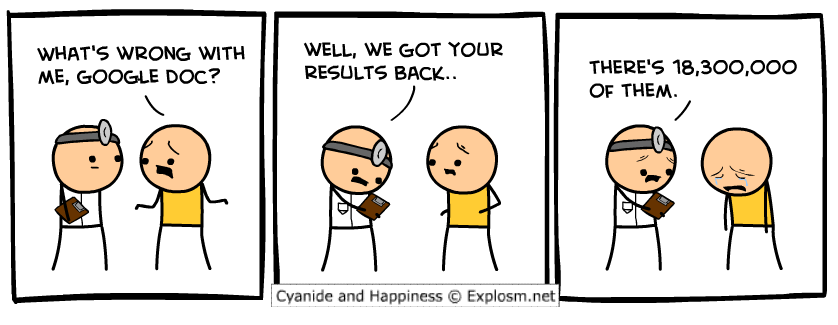The most common ‘missed diagnoses’ leading to lawsuits in Emergency Medicine are, in order: MI, appendicitis, and PE.
In March 2012, Ms. C underwent surgery for a lower extremity fracture. She was released after three days with instructions to remain non-weight bearing for 8-12 weeks. In mid-May, Ms. C became dizzy, nauseated, and had a syncopal episode. She was taken back to the same hospital. She remained in the ER for approximately five hours, over the course of which she complained of shortness of breath. Her heart rate was recorded in the 90s. An EKG was officially read as ‘unremarkable’ and she was ultimately discharged home with a diagnosis of ‘stomach flu and dehydration’.
A few weeks later, she again became dizzy, but this time she had chest pain and vomiting as well. She had another syncopal episode and by the time EMS arrived, she was in cardiac arrest and ultimately died. The cause of death was listed as ‘massive pulmonary embolism’. The family was eventually awarded $7.7 million by a jury.
Hindsight is 20/20 but someone who recently had a lower extremity fracture and has been immobile needs more of a workup to rule out PE.
What is most interesting to me about this case, is the fact that had the PERC rule been applied, this patient would have ruled out. As a review, the PERC criteria are as follows:
- Age ≥50
- HR ≥100
- O₂ sat on room air <95%
- Unilateral leg swelling
- Hemoptysis
- Recent trauma or surgery in the last four weeks
- Prior PE or DVT
- Hormone use
If any criteria are positive, the PERC rule is not satisfied and cannot be used to rule out PE in this patient. I have personally used this tool many times to screen out patients from potentially needing a workup, but this case beautifully encapsulates the landmines you are potentially stepping around if you rely solely on such ‘decision rules’. At some point, clinical gestalt, and to a lesser degree, common sense have to play a role. Technically, this patient’s surgery was over 4 weeks ago, but given her history, presentation, and vital signs, it’s hard to argue with not doing a more comprehensive workup.





